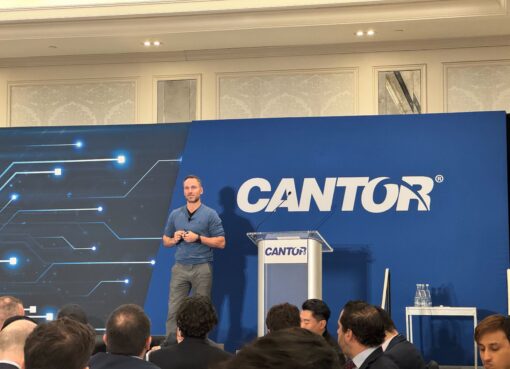With Cardano’s Shelley mainnet on track for rollout on July 29th, 2020, the incentivized testnet (ITN), which ran from November 2019 to June 2020, has served its purpose.
IOHK CEO, Charles Hoskinson put forward his case to retain the ITN as a parallel chain. He suggested the ITN infrastructure could become a rapid testing environment for Cardano.
However, this then creates additional problems such as how to incentivize ITN stake pool operators to keep going, as well as concerns over it competing with the main chain.
The community would decide by way of a community ballot. IOHK laid out the process in a forum post by saying, “one vote to create the possibility, a second to decide.”
In the first instance, ITN stake pool operators and testnet participants will be asked if they wish to extend the incentivized testnet rewards into July while a second vote, for ADA holders, will take place in July.
“we are inviting our existing ITN stake pool operators to vote to confirm that they wish to see the continuation of an incentivized network.”
But poor execution of the process meant the weekend vote failed to trigger the set participation threshold of 30%.
The vote has ended at 7:13pm UTC.
Thanks to all the participants, even if it seems that we didn’t reach the necessary participation threshold of 30% of the ITN active stake (short by 2%)
We all learned a lot from this first community consultation🖖#Cardano https://t.co/HucY1dyx49
— Romain Pellerin (@rom1_pellerin) June 28, 2020
Not only that, but the fallout has left many in the Cardano community confused about their participation in the process.
As things stand, those who did vote, voted “Yes” to retain the ITN. But without the necessary minimum 30% participation rate, it looks as if the second vote is canceled and the ITN will cease to exist.
“So, if this first vote delivers a ‘Yes’ then – and only then – a second stage will kick in. A second, separate validation vote we plan to hold in early July.”
Source: cardano.org
Cardano Vote Plagued by Confusion
Following the initial vote, many in the Cardano community have come forward to voice their concerns with the voting process.
Complaints relate to poor communication, lack of clear explanation, as well as the short time frame involved.
One user raised the point that he thought stake pool operators only would vote in the first instance. But it wasn’t until close to the deadline that he became aware that the vote also included test ADA holders as well.
“I thought the CLI voting was meant for stake pool operators only. I did not see any communication to indicate that the app “jorvote” was available for ITN delegators to use. I was able to vote merely 4 minutes before epoch 197 ended.”
Another user stated he was uncomfortable with entering his private keys into a website to vote. Considering the extent of scamming in the crypto space, this was a significant oversight by the Cardano team.
Yoroi and Daedalus Wallets should have voting capability built in to wallet. JorVote was not properly communicated and many felt uneasy putting in wallet keys. Been invested since 2017 and for the 1st time this was a downer 👎🏾 for me @IOHK_Charles
— J₳son Bluezy Sw₳rtz (@Bluezy01) June 29, 2020
Charles Hoskinson Responds
Without a doubt, the poor publicity and overly complicated wording on posts were significant factors to the low turnout.
With that, Hoskinson took to YouTube to address these concerns, attributing the voting fiasco to cryptocurrencies in general by saying, while they are consistent, they lack clout when it comes to rapid decision making.
“where they are weak is rapid decision making, when you have to make a decision in a week or two. A or b, x or y, because the [inaudible] coordination of that is enormous.
While this may seem like an unsatisfactory explanation to many, Hoskinson conceded that the initial vote was lacking in a number of areas.
“If we get to that second vote, the burden then on us, as a community, to have good tools and good explanations of why will this produce value.”
But as an experiment, the lessons learned will be used to improve the process going forward.



